What is NextGen Virtuality for Workforce Development?
NextGen Virtuality, or next-generation virtual environments, are immersive digital platforms that use virtual and augmented reality (VR/AR) to offer innovative learning experiences. In workforce development, these technologies are transforming traditional training programs by offering employees engaging, interactive simulations that allow them to learn, practice, and refine skills in real-world settings—all within a virtual landscape.
The shift towards NextGen Virtuality aligns well with the needs of today’s workforce, especially for industries that require hands-on training or complex skillsets. Rather than learning passively or through repetitive drills, employees can learn actively, navigating through 3D simulations, engaging in virtual team projects, and even practicing soft skills in realistic scenarios. The result? A workforce that’s better prepared, more adaptable, and skilled in modern practices.
With the ability to simulate real-world environments and scenarios, NextGen Virtuality can prepare workers for virtually any task, from handling machinery to mastering customer interactions. Businesses across healthcare, manufacturing, IT, and customer service are already integrating virtual environments to build a resilient and skilled workforce.
Key Benefits of NextGen Virtuality in Training Programs
Here are some of the most notable advantages of using NextGen Virtuality in workforce training programs:
- Enhanced Skill Retention
When employees practice skills in an interactive environment, they’re more likely to retain what they’ve learned. Virtuality allows for “learning by doing,” which has been shown to improve memory retention rates by up to 75% compared to traditional learning methods. - Flexible and Scalable Training
With virtual training modules, companies can train multiple employees simultaneously across different locations, making it easier to scale training efforts without needing extensive in-person resources. This flexibility is especially valuable in industries with high turnover, where constant training is required. - Reduced Training Costs
Although creating virtual environments requires an initial investment, the costs often become lower than traditional training methods. For example, virtual simulations reduce the need for costly training materials and decrease travel expenses, especially beneficial for large-scale organizations. - Improved Safety
In fields like manufacturing, construction, or healthcare, certain training scenarios can be risky or expensive to replicate in the real world. Virtuality allows employees to safely practice these tasks in a controlled environment, minimizing accidents and improving overall safety. - Faster Onboarding and Skill Development
With immersive learning modules, new employees can start learning immediately, getting familiar with processes and systems before they even set foot in a real workplace. This speeds up onboarding and accelerates the time it takes to become a fully productive team member. - Data-Driven Insights
Virtual training systems often come with data tracking capabilities, allowing employers to monitor performance, track improvements, and identify skill gaps. This data can help companies adjust their training programs based on individual needs, maximizing each employee’s learning potential.
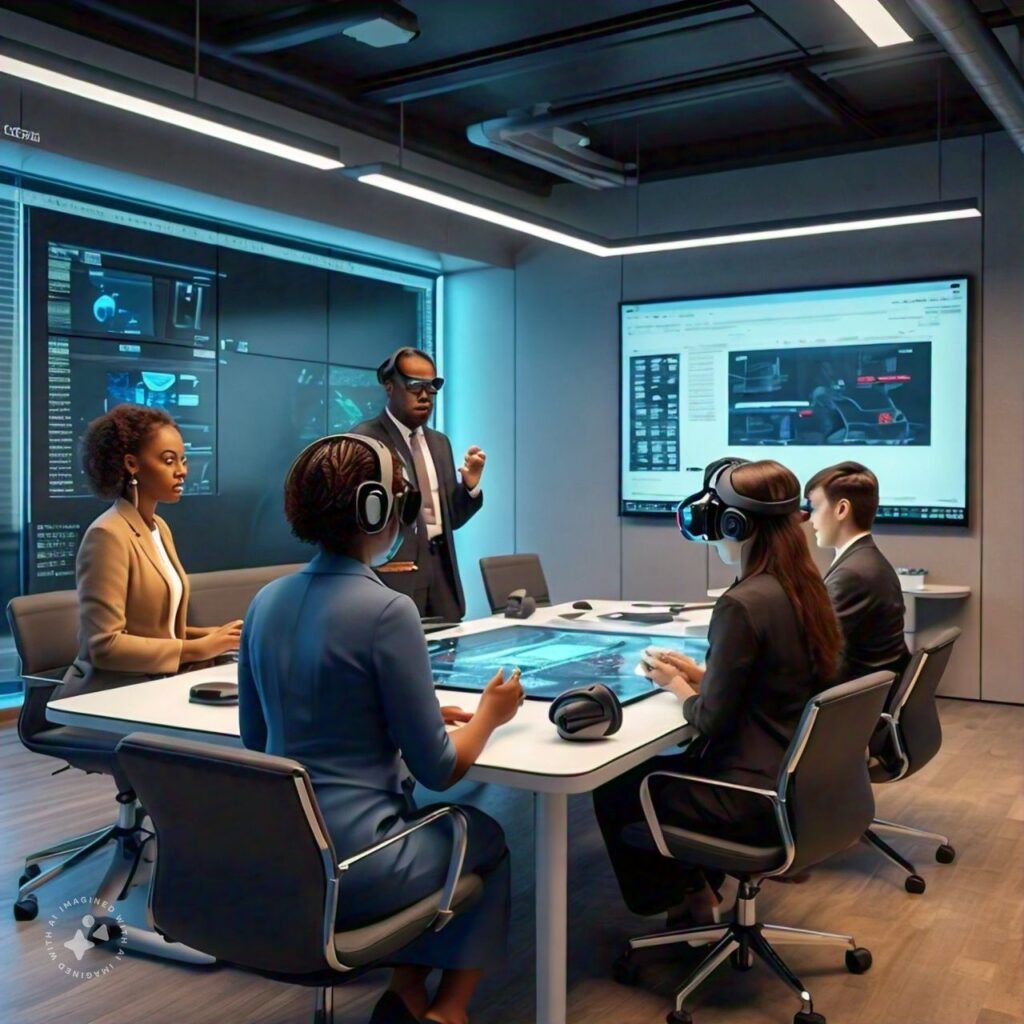
NextGen Virtuality for Workforce Development A Game-Changer
Examples of NextGen Virtuality in Skill Development
NextGen Virtuality is being used across industries, each application bringing unique value to workforce development:
- Healthcare: Medical students and professionals use VR simulations to practice surgeries, patient consultations, and emergency responses. Training in virtual environments lets them learn hands-on without risking patient safety.
- Manufacturing: Companies employ VR to train employees on machinery operation, maintenance protocols, and emergency response procedures. Virtuality helps workers practice tasks that could be costly, complex, or hazardous in real life.
- Customer Service: Training in customer interactions, conflict resolution, and soft skills has found a place in NextGen Virtuality. Employees can practice handling difficult customer scenarios in a simulated environment to enhance their empathy and communication skills.
- Sales and Marketing: Virtual reality product demonstrations and VR client interactions are becoming popular in sales. Sales teams can immerse themselves in product demos, improving their product knowledge and confidence in customer interactions.
These examples highlight the flexibility of NextGen Virtuality, showing its potential to elevate skill levels across all sectors.
Best Practices for Implementing NextGen Virtuality
For organizations ready to dive into NextGen Virtuality, here are some essential strategies to maximize the benefits of virtual training:
- Define Clear Training Objectives
Establish specific goals for each training module. Identify the skills and knowledge that employees need to develop, ensuring that the virtual training aligns with these objectives. - Invest in Quality Technology
NextGen Virtuality relies on reliable software and hardware, such as VR headsets or AR-compatible devices. Quality technology is essential for creating smooth and effective virtual experiences. - Customize Training for Roles and Skill Levels
Tailor training programs to individual job roles and skill levels to ensure relevance. Customization allows each employee to focus on the skills they need most, improving overall program efficiency. - Measure and Adjust
Use the data from virtual training sessions to measure effectiveness. Metrics such as completion rates, skill assessment scores, and feedback can help refine the program and enhance results. - Encourage Employee Engagement
Encourage employees to fully engage with the virtual training sessions. Building a supportive culture that values continuous learning will drive better results and foster a more skilled workforce.
By following these best practices, companies can create a structured, effective, and engaging virtual training program that supports employee growth and business goals.
Conclusion
As industries adapt to rapid advancements in technology, NextGen Virtuality stands out as an indispensable tool for skill development and training. Through interactive, immersive learning, businesses can upskill their workforce efficiently, economically, and safely. So, if you’re looking to prepare your team for the future, now’s the time to explore the incredible potential of NextGen Virtuality for workforce development. Embrace this innovative approach and take your business’s training programs to new heights.

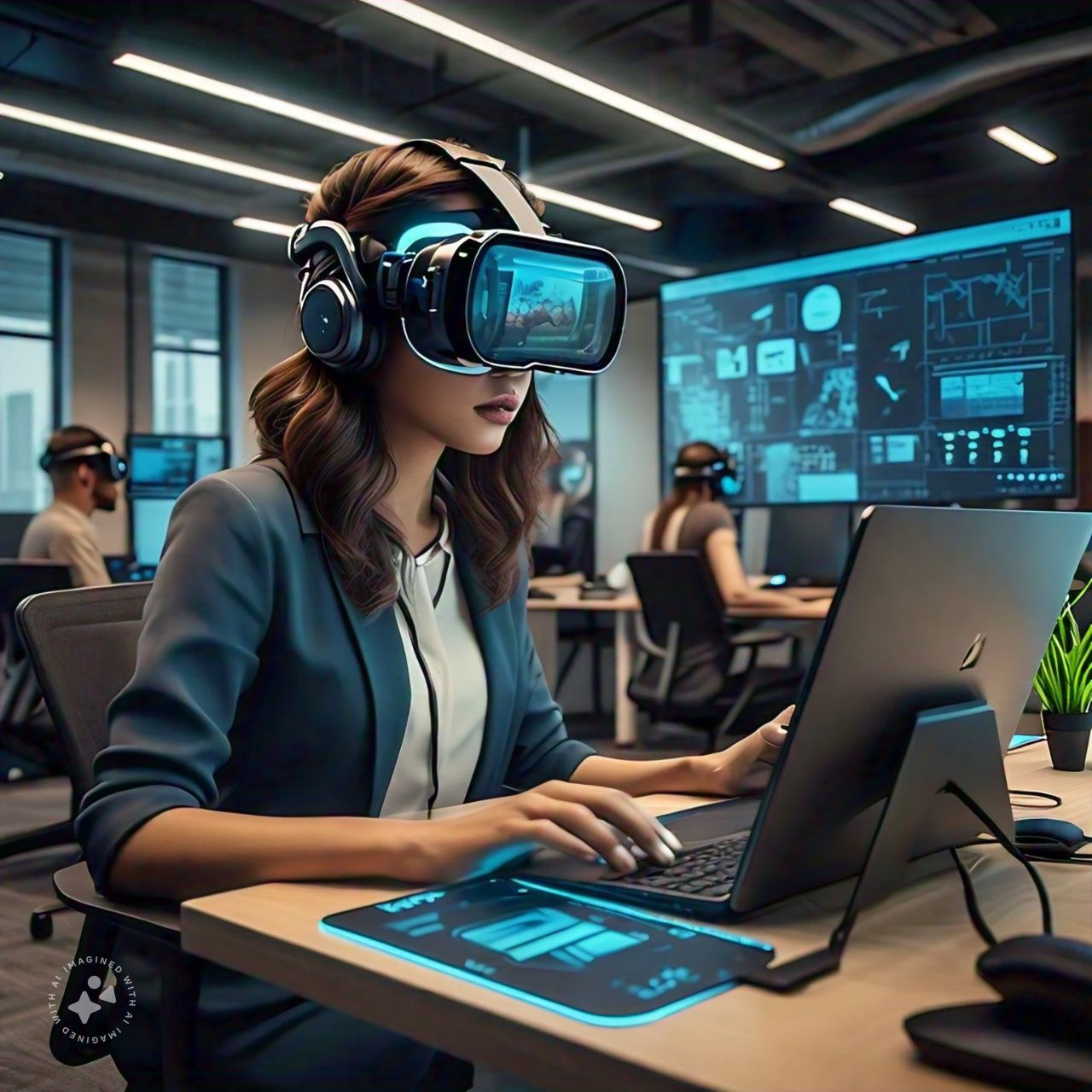




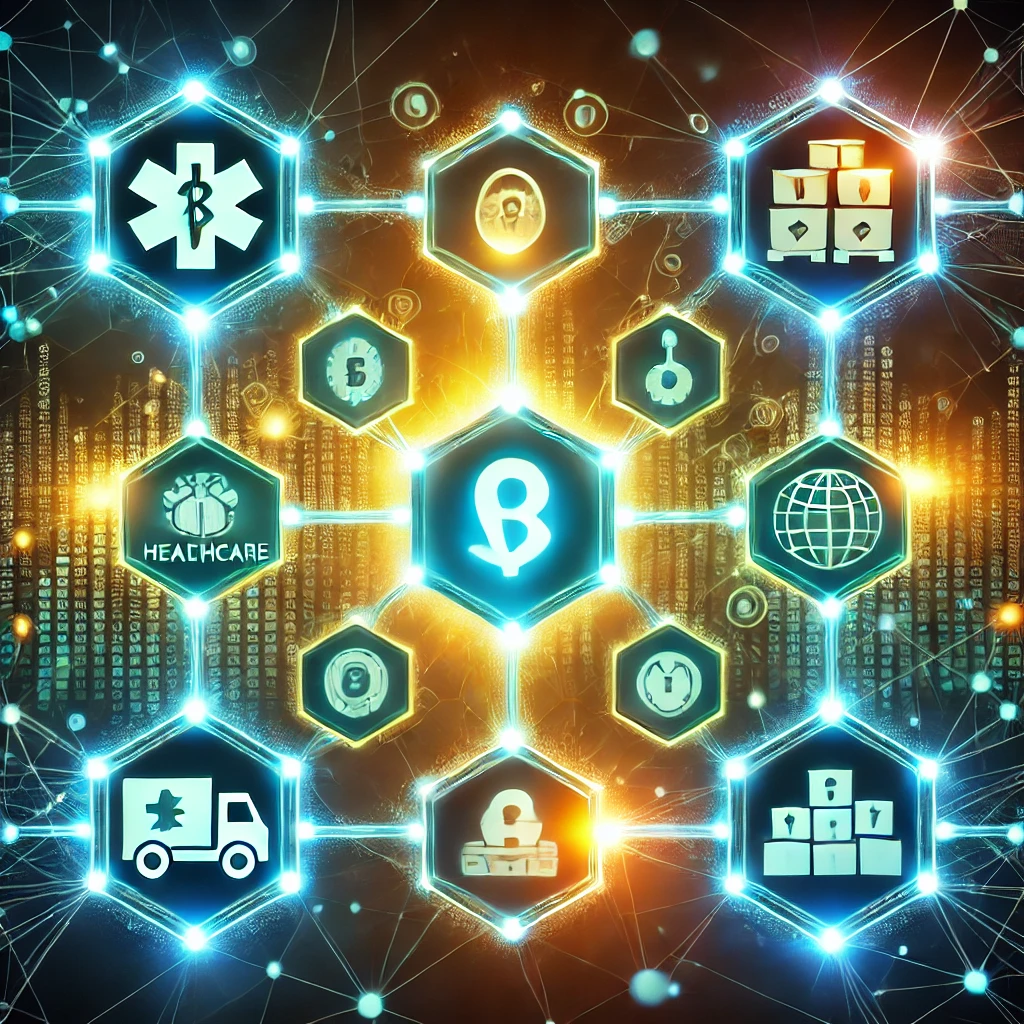





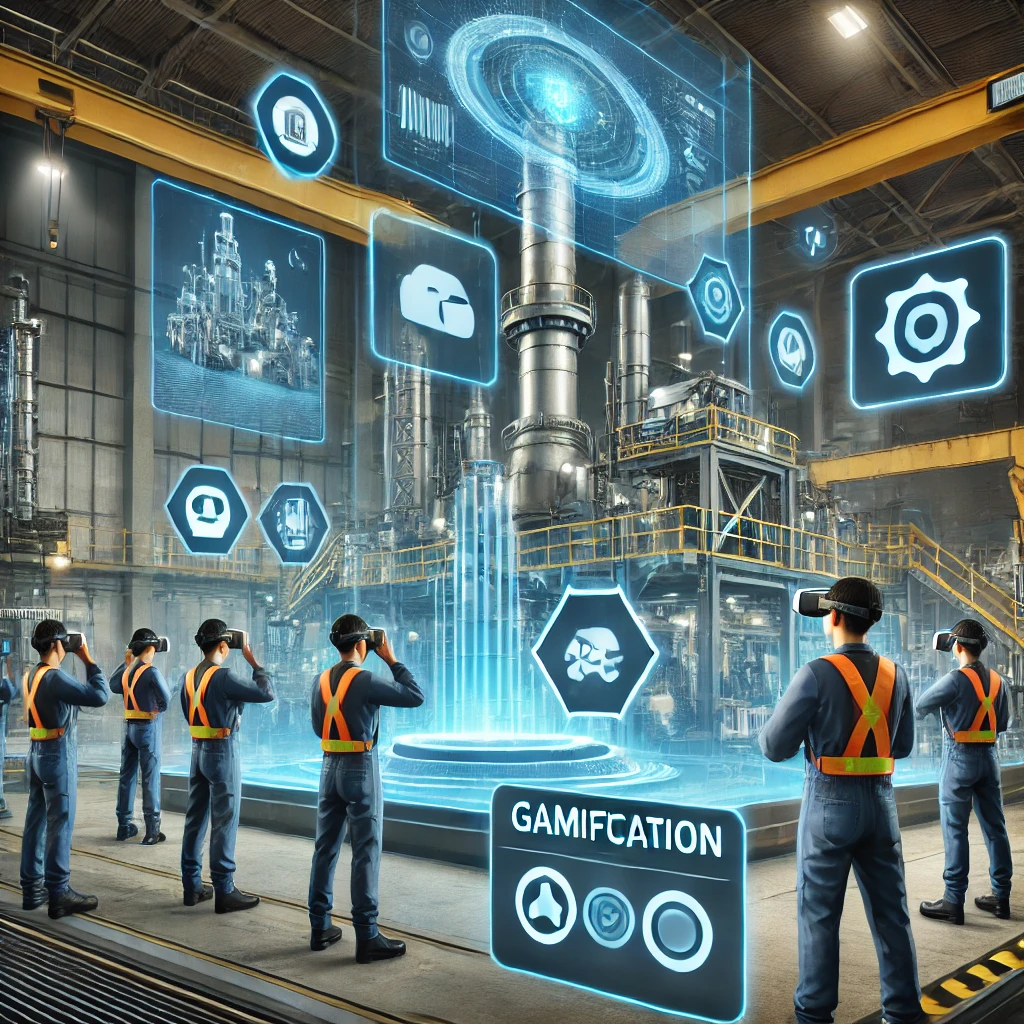
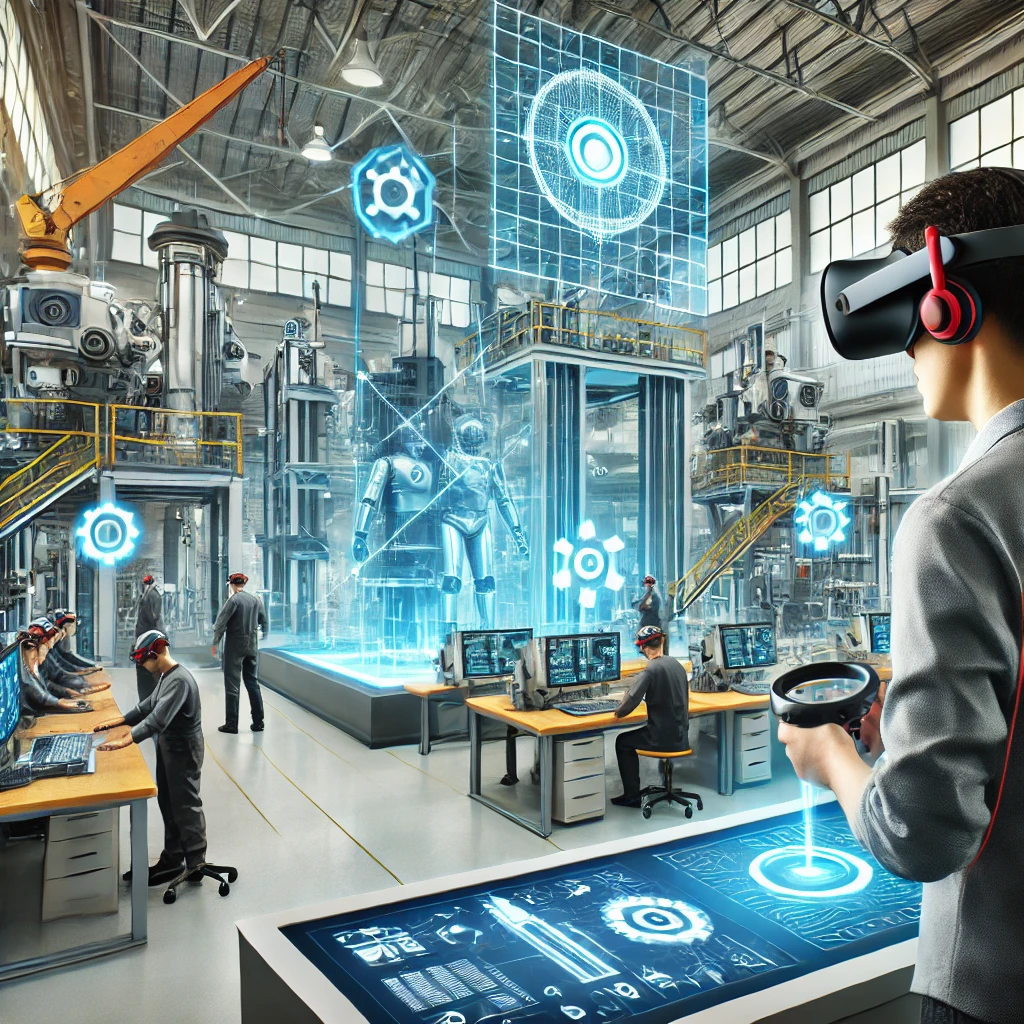

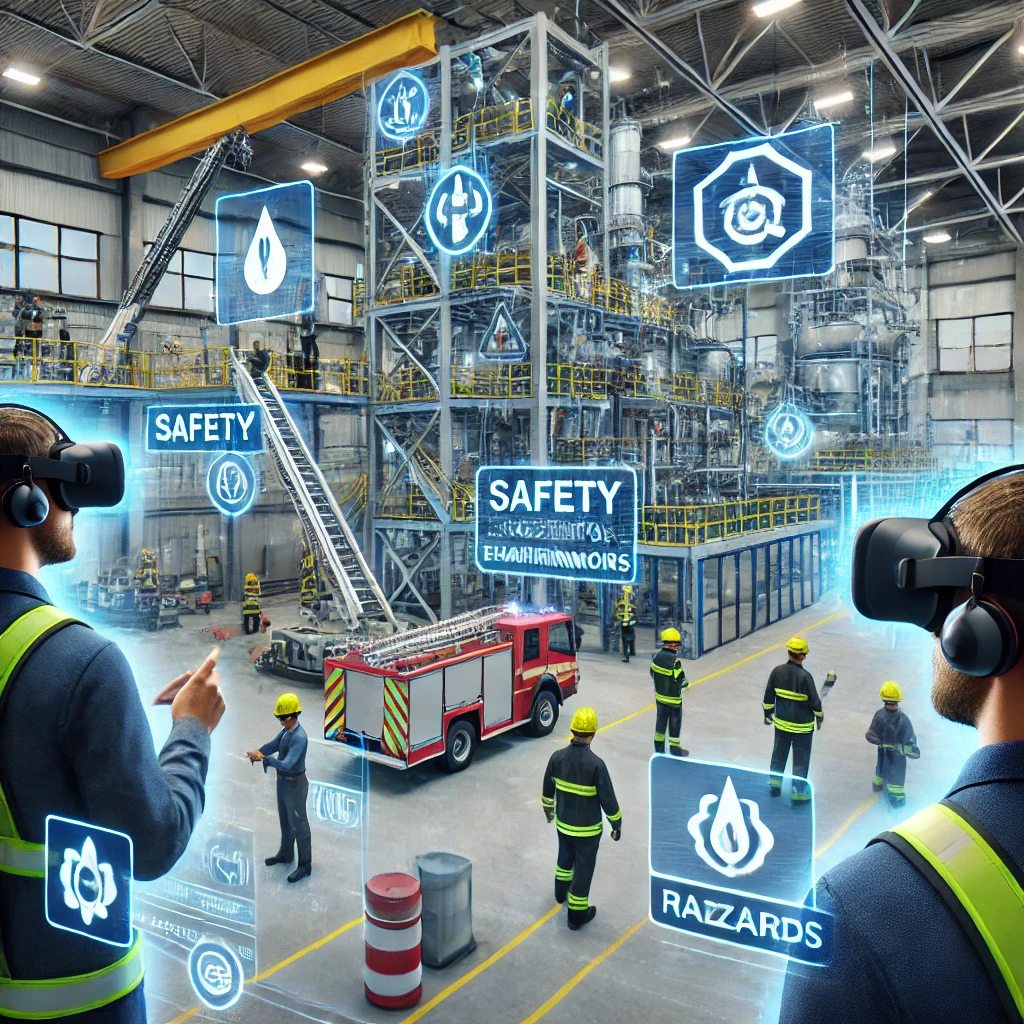
Leave a Reply